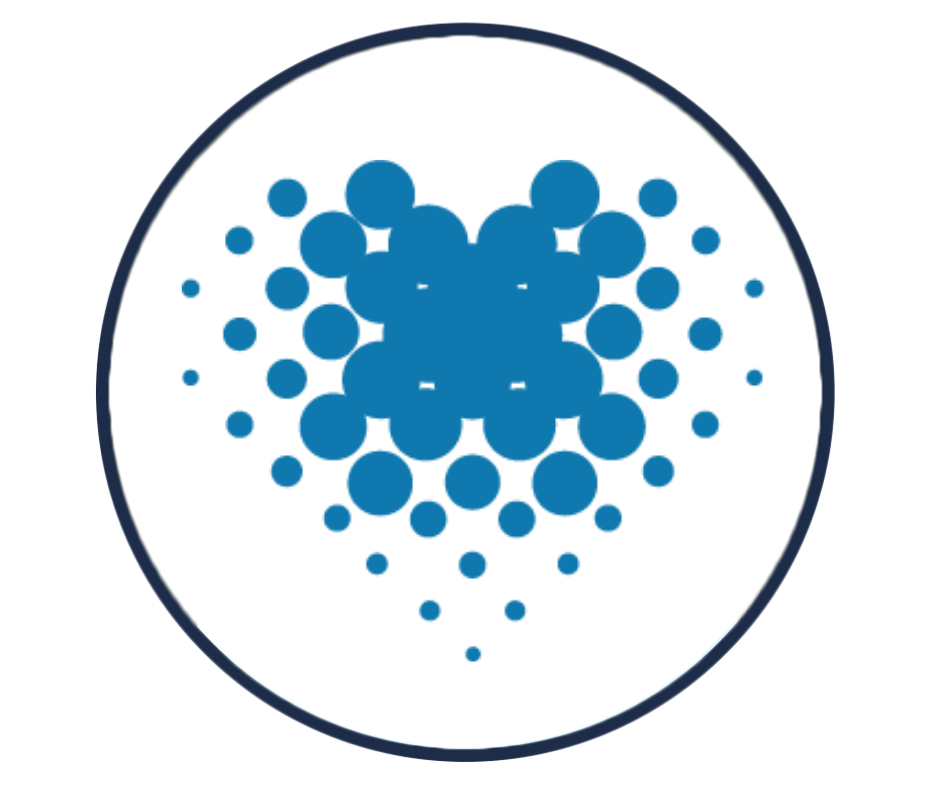A Review of Arterial Blood Gas Interpretation for Physiotherapists

A Review of Arterial Blood Gas Interpretation for Physiotherapists
This course includes
Overview
This online course will provide a basic refresher of body chemistry as it relates to the regulation of acid-base balance in the body. This course will also review primary acid-base disorders, the accompanying changes in pH and describe mechanisms of compensation. Lastly, this online course will review how to interpret arterial blood gases for the purpose of identifying primary acid-base disturbances, if compensation is occurring and discuss mechanisms of hypoxemia as they relate to arterial blood gases, primarily identifying hypoventilation is a contributing cause.
Relevance to Physiotherapy Practice
Arterial blood base interpretation is an important component of cardiorespiratory physiotherapy assessment. Arterial blood gases provide physiotherapists with important information on the acid-base status of the body as well as how well the lungs are able to diffuse oxygen into and remove carbon dioxide from the blood. This information is important in determining causes of hypoxemia and can be used to inform physiotherapists when making a clinical diagnosis and formulating treatment plans.
Learning Objectives
In this online course, participants will:
- Describe the acid-base status in the body and review mechanisms that regulate pH in the body.
- Describe the 4 primary acid-base disorders and the methods of compensation.
- Identify normal ranges for arterial blood gases
- Interpret arterial blood gases and be able to identify if primary acid-base disturbances are present and if partial or complete compensation is occurring
- Describe mechanisms of hypoxemia as they relate to arterial blood gas interpretation.
Audience
This course is appropriate for physiotherapists looking for a basic refresher on arterial blood gas analysis. It is appropriate for physiotherapists of all levels of practice experience and most appropriate for those working in acute care or working with patients with acute or chronic respiratory dysfunction.
Speaker Bio: Tania Larsen
Tania Larsen graduated with a Bachelor of Science in Physical Therapy from Western University in 2003. Since graduating, she has worked clinically at London Health Sciences Centre (LHSC) on a variety of inpatient services, with the majority of her clinical practice being in critical care. In 2006 she graduated with a Master’s of Science in Physical Therapy and is currently preparing to defend her PhD thesis this spring. Tania is the current Physiotherapy Clinical Resource Specialist at LHSC and teaches as part-time faculty within the School of Physical Therapy at Western University.
The instructors


The Cardiorespiratory Division (CRD) unites physiotherapists with a special interest in cardiorespiratory physiotherapy. We provide a valuable forum for our members to share information relevant to working with clients across the lifespan and in all areas of cardiorespiratory.
To facilitate knowledge sharing and encourage networking, we produce our newsletter, the Gas Exchange, three times per year and relay information on job opportunities, online resources, courses and other educational events.
Material included in this course
-
A Review of Arterial Blood Gas Interpretation for Physiotherapists
-
Welcome and Resources
-
A Review of Arterial Blood Gas Interpretation for Physiotherapists
-
Quiz